To effectively apply the defensive principle of Delay, teams must adapt their strategies based on the field zone they are in to maintain their defensive shape and thwart the opposition’s attacking plays.
Defensive third
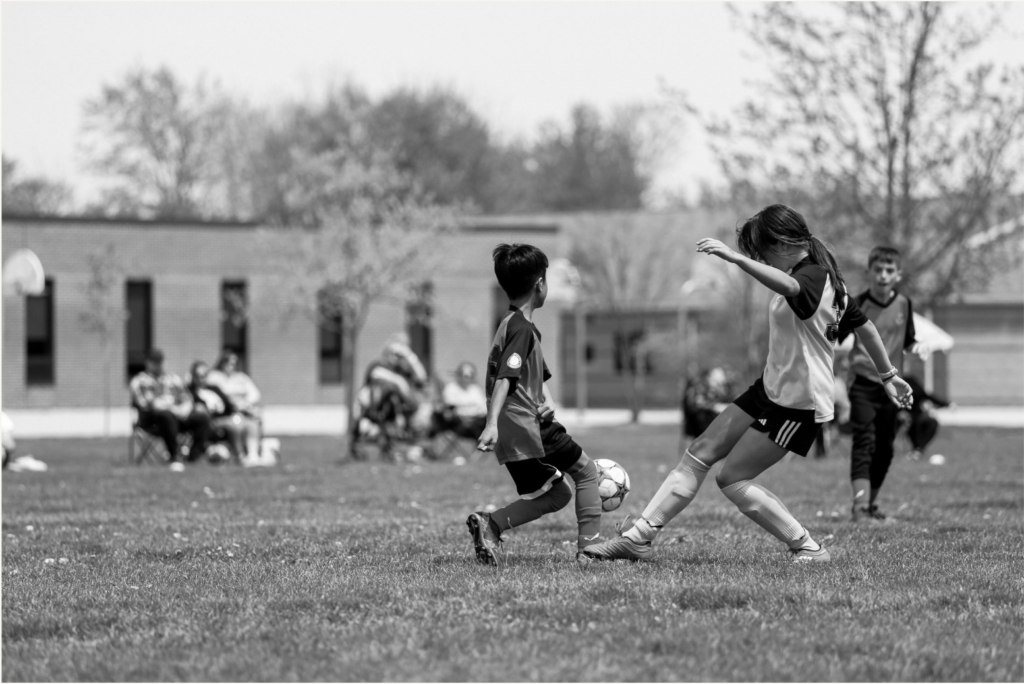
In the defensive third, the primary objective is to deny the opposition any goal-scoring opportunities. Delay strategies in this area should focus on:

Tight marking: Defenders must mark the opposition’s attacking players closely to prevent them from receiving the ball in dangerous positions.

Pressure: Players should apply pressure on the ball carrier, forcing them to make mistakes or play long balls that can be intercepted.

Clearances: If there is too much pressure or danger, defenders should clear the ball to a safe zone, allowing the team to reorganize defensively.
Middle third
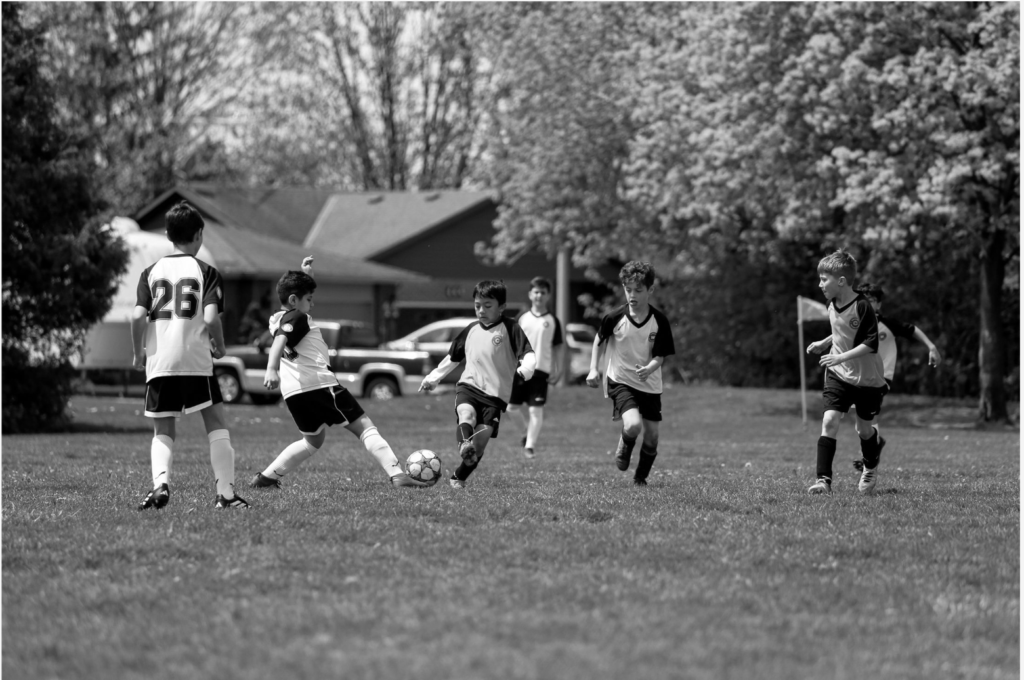
In the middle third, the objective is to delay the opposition’s progress and force them to play the ball sideways or backward. Delay strategies in this area include:
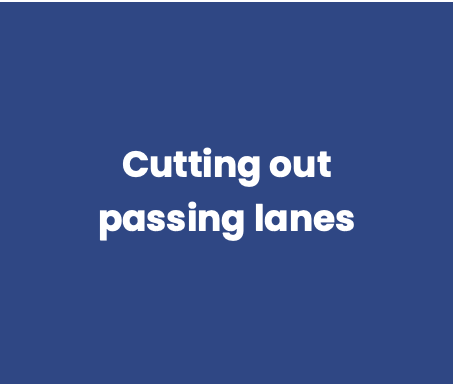
Cutting passing lanes: Defenders should position themselves to cut off passing lanes, forcing the opposition to play the ball sideways or backward.

Pressing: Midfielders and forwards can apply pressure on the opposition’s ball carrier to force them into making mistakes or playing the ball backward.
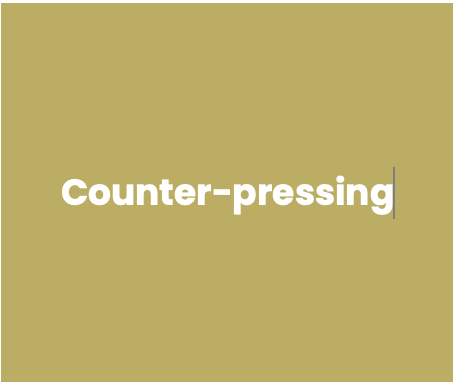
Counter-pressing: If the ball is lost, players should quickly press the opposition to regain possession, preventing them from launching counter-attacks.
Attacking third
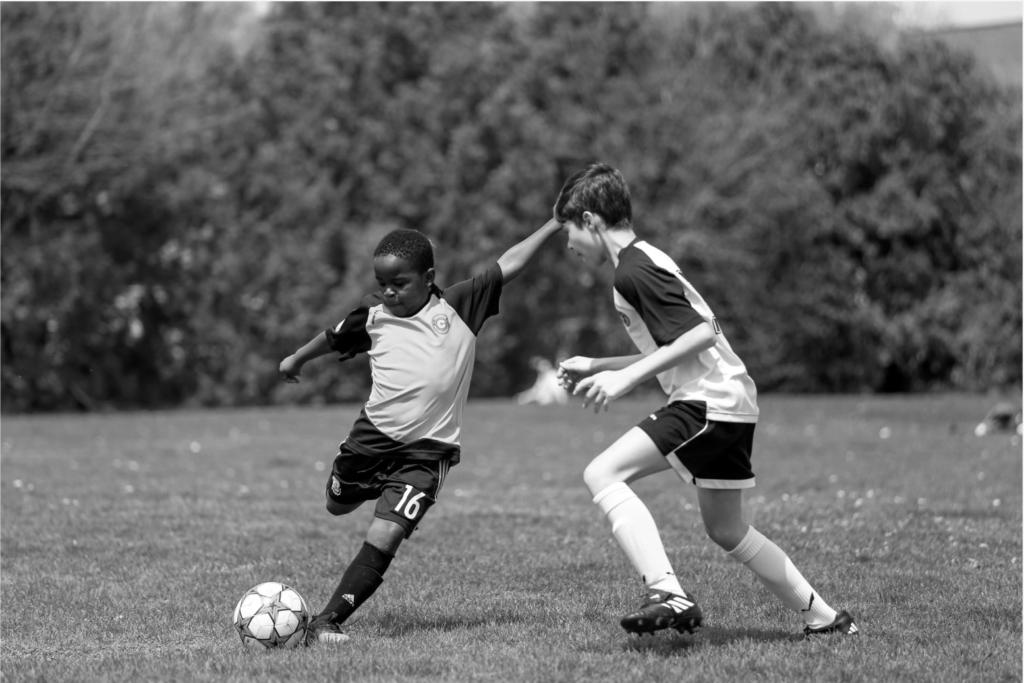
In the attacking third, the goal is to deny the opposition any clear-cut goal-scoring opportunities. Delay strategies in this area involve:

Marking tightly: Defenders must mark the opposition’s attacking players closely to prevent them from receiving the ball in dangerous positions.
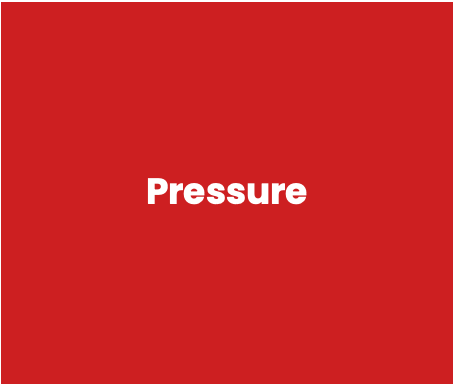
Pressure: Players should apply pressure on the ball carrier, forcing them to make mistakes or play long balls that can be intercepted.

Covering spaces: Players must cover spaces to prevent the opposition from creating passing lanes or making runs behind the defensive line.
By adapting Delay strategies to different field zones, teams can effectively use the defensive principle to delay the opposition’s progress and maintain their defensive structure, reducing the chances of conceding goals